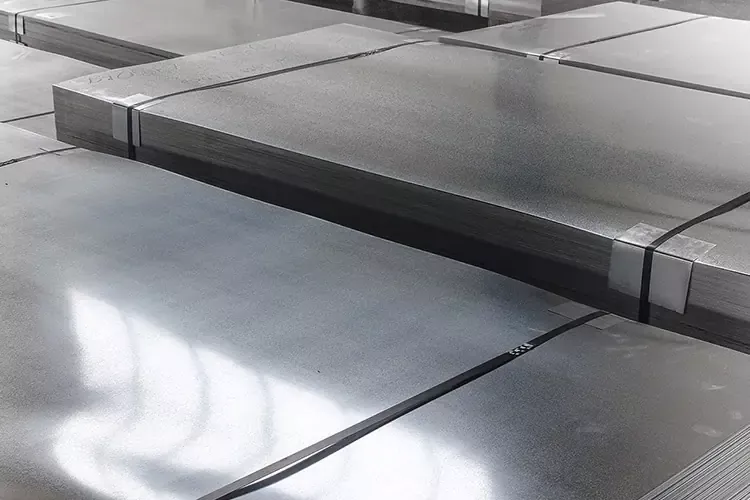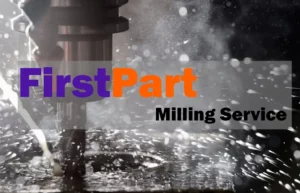In product development and engineering, prototyping is an essential element. In the past, creating a prototype has provided many challenges to the design team as a basis to confirm the validity of their concept and convince the stakeholders.

In product development and engineering, prototyping is an essential element. In the past, creating a prototype has provided many challenges to the design team as a basis to confirm the validity of their concept and convince the stakeholders. It usually requires them the same cost, processes, setup, and tooling as a final product to produce a prototype. Not to mention the amount of time spent on making one. In the end, making prototype an exorbitant venture for many businesses. This has all change with the introduction of rapid prototyping. It revolutionized prototyping and the whole industry.
What is Rapid Prototyping?
Before diving into the many types of rapid prototyping, let us first define what it is. Rapid prototyping encompasses a varied group of techniques that are used to make effective and quickly a 3D model of a part of the product. It does not require tooling and set up; therefore, it allows freedom in shape and form.
Here are the different existing techniques in rapid prototyping.
Additive Manufacturing
This is also called 3D printing rapid prototyping services, which is a technique that uses CAD files to produce an object. This is done by fusing materials together per layer with the help of the 3D printer. There are many types of additive manufacturing technologies existing today. There is the selective laser sintering (SLS) which is used mainly for plastics, the direct metal sintering (DMLS), which is the counterpart for metal and fused deposition modeling (FDM) that is also for plastic.
Subtractive Manufacturing
In this type of rapid prototyping, the process is the opposite of 3d printing rapid prototyping services. The layer is removed from a large block by a machine to create the desired shape. The following technologies are applied in subtractive manufacturing:
Turning – as the name implies, a cutting tool removes the material from the block through a high-speed rotation.
Milling – here the cutting tool is in high-speed rotation with the cutting tool on edge removing the part.
Drilling – a special tool drill holes by rotating on the part.
Casting
This is a manufacturing technique where several parts are created from the first model, which is used as a reference. It is a complicated process that involves additive manufacturing, the creation of mold and filling the mold with material like resin to create the prototype.
How to choose between the rapid prototyping techniques?
With the knowledge of the different 3D printing rapid prototyping services, deciding on which technique to use for your process of product development is not easy. However, here is a simple guide to choosing the right technique for your project:
Determine the level of quality you want to come out of your prototype. Is it a high-fidelity project or a functional prototype?
When talking about fidelity, you have to determine what look and feel you want of the prototype. Should it resemble the real product?
How complex is the product is essential too. In a highly complex product, what you need is high precision rapid prototyping services.
What material are you going to use? As mentioned in the types of rapid prototyping techniques, some are material specific too.
Desired quantity, as some technologies are effective only for small quantities.
Available resources, meaning time and money.
With all the different technologies available to deliver prototypes quickly and efficiently, rapid prototyping has gained a lot of importance among the engineers and manufacturers. It is about choosing the right technique to come up with the right prototype.










